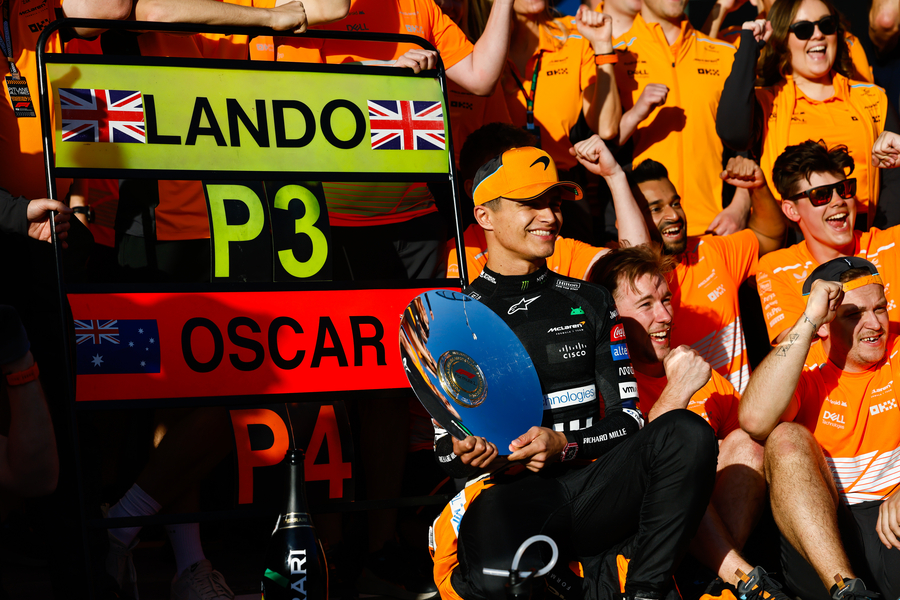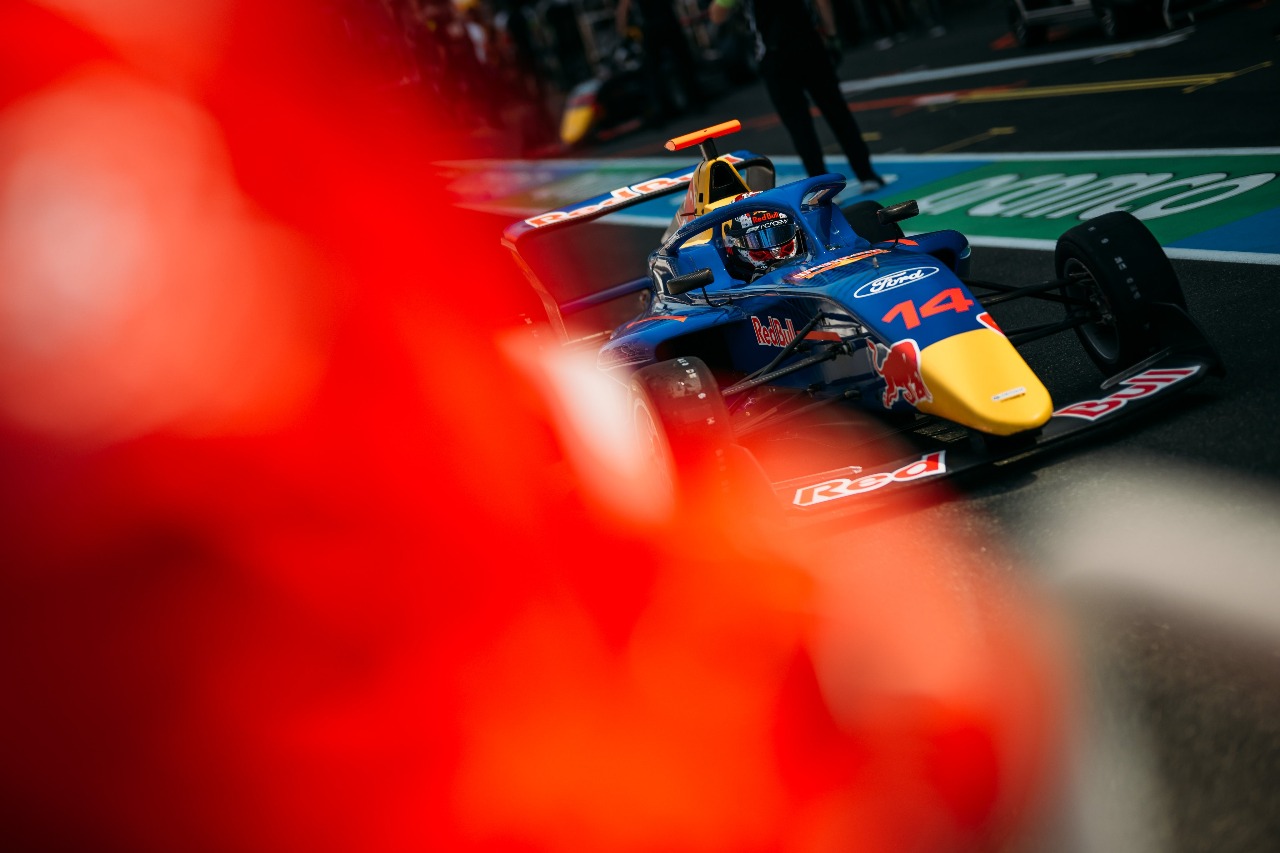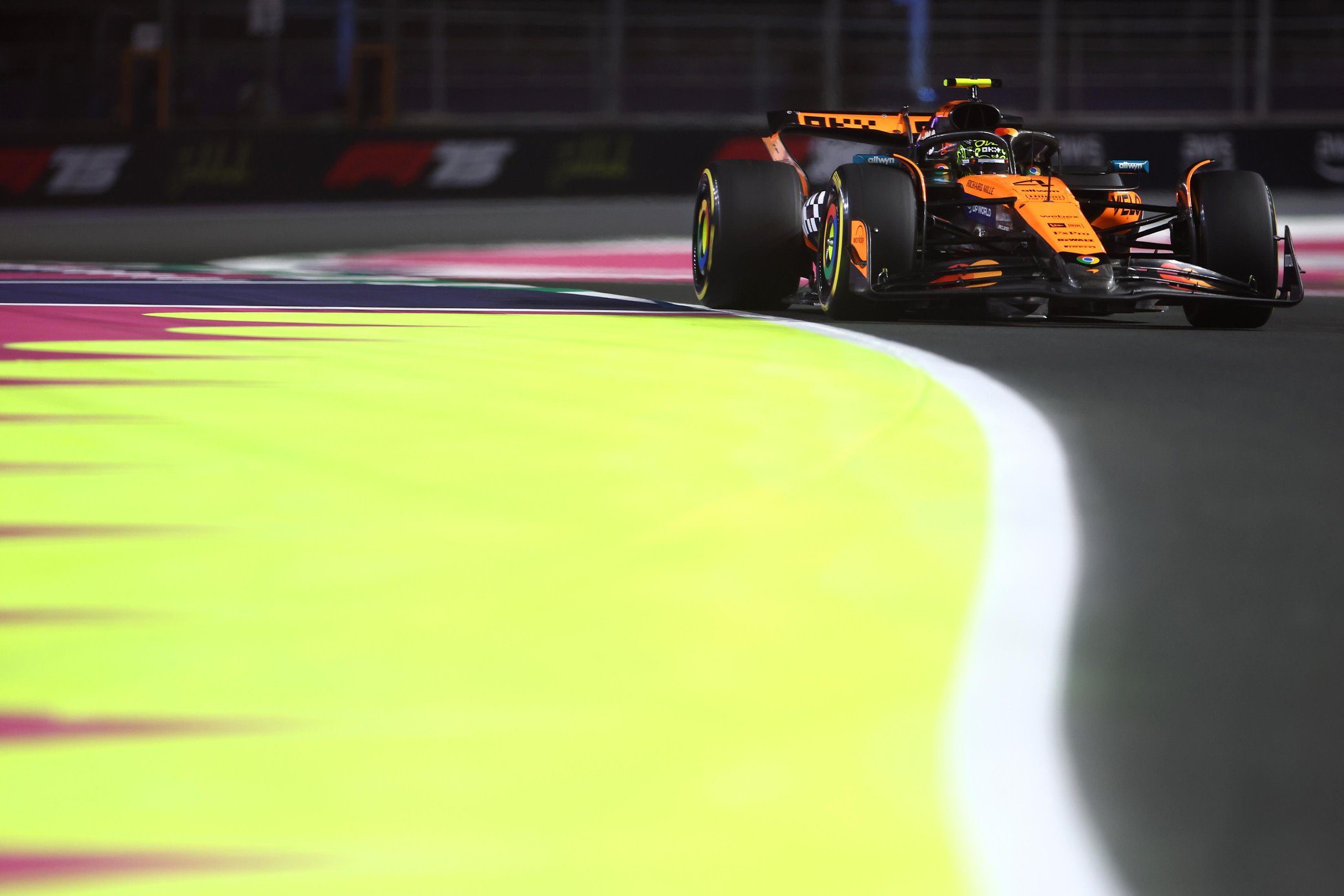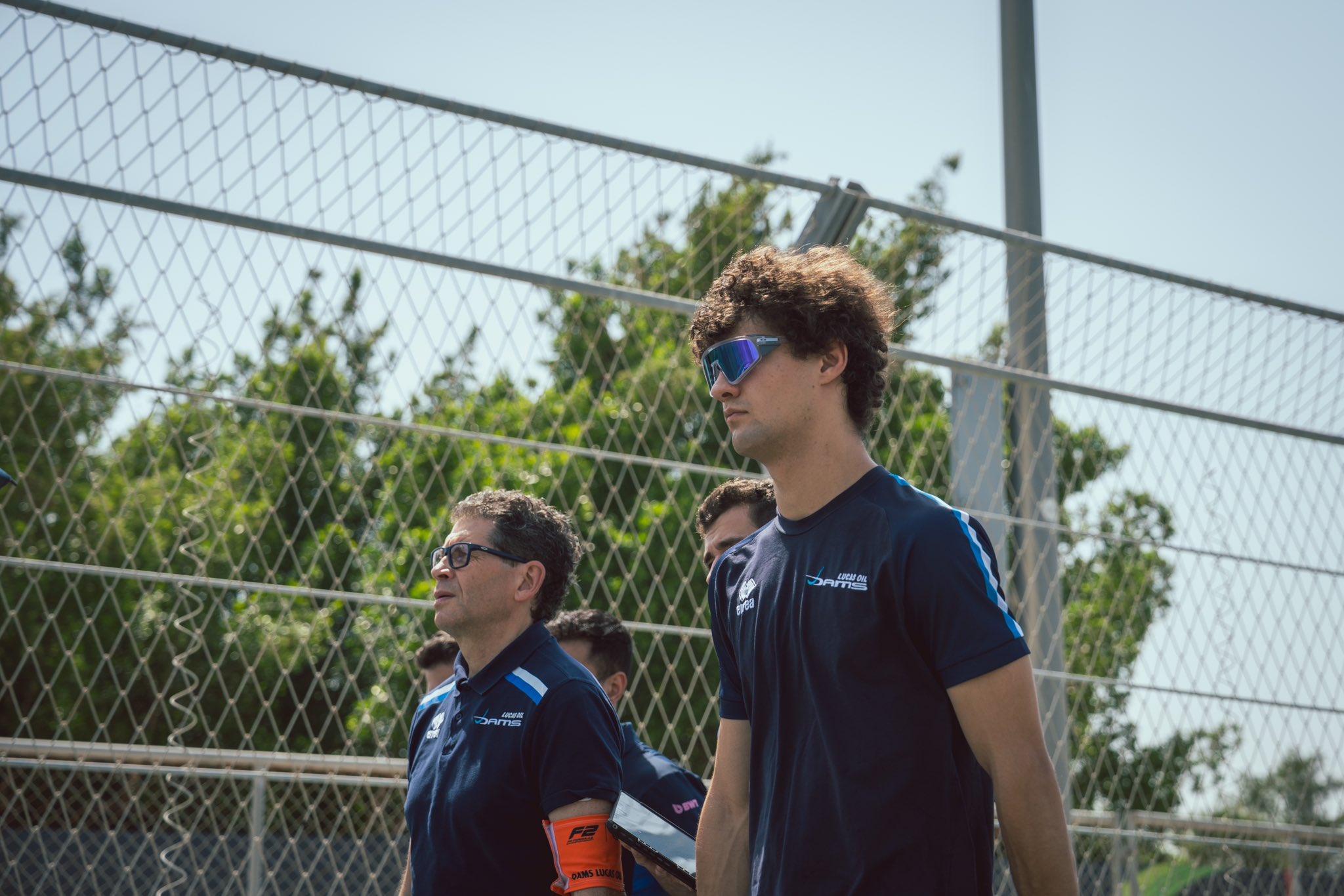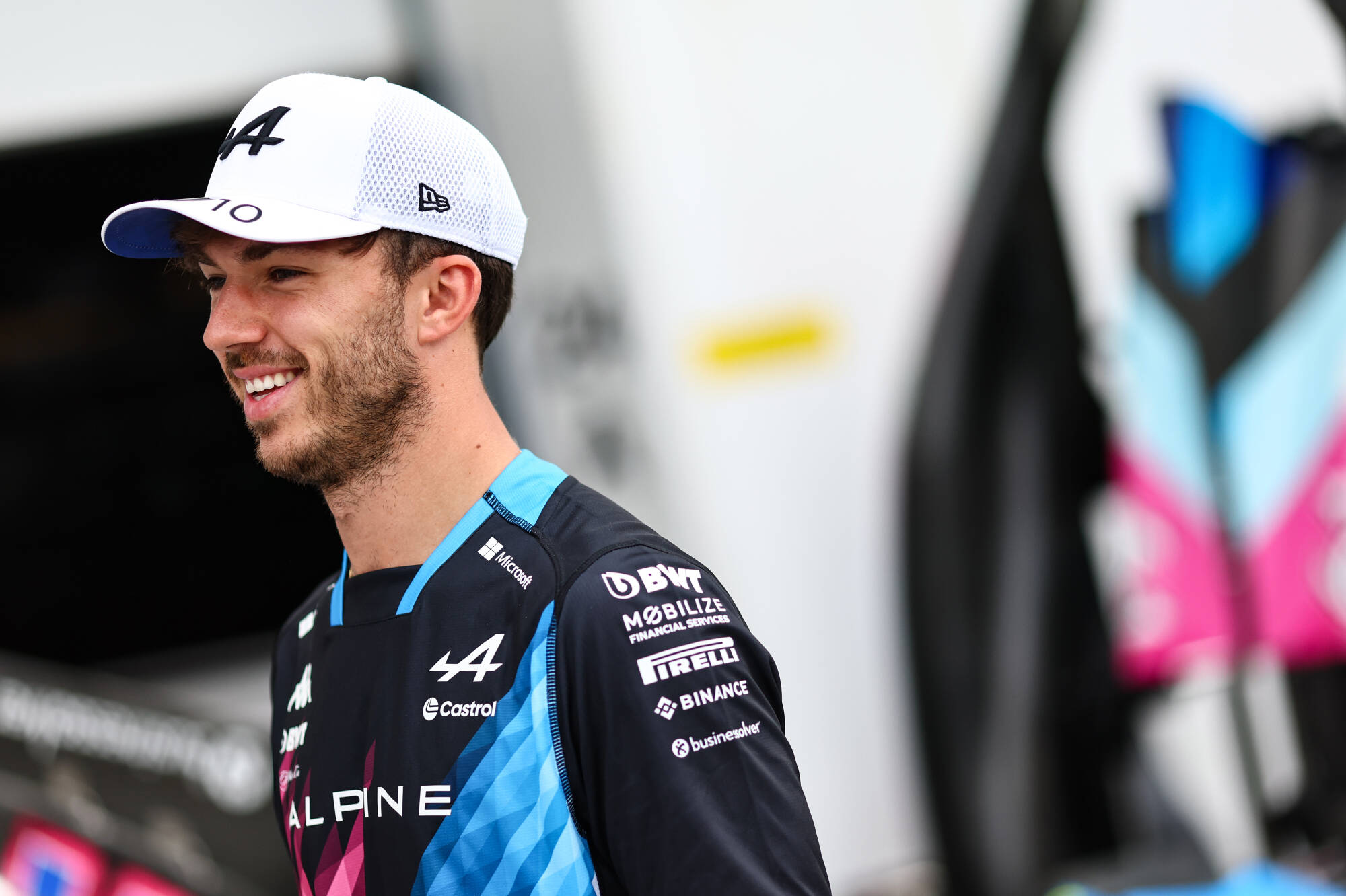Sunday’s Australian Grand Prix was a story of degradation and graining. The two teams that looked very strong on the day were Scuderia Ferrari and McLaren — they locked out the top 4 positions as Max Verstappen had a very rare DNF thanks to a right rear brake issue.
As well as admitting his surprise at the pace advantage they had over Aston Martin and Mercedes because they could look after their tyres much better over a stint, Stella is certain McLaren and Ferrari would have been able to challenge Max Verstappen on Sunday.
“Well, I think what happened today in terms of split of pace between McLaren and Ferrari […] I think potentially Verstappen could have been there. But he already kind of started to complain even at the start of the race.
“So it looks like today McLaren and Ferrari could have been there with Verstappen.
“But the split between these cars and then Aston, Mercedes and everyone else does surprise me. I was not expecting that.
“But science kind of supports the theory that today was a tyre dominated race, because definitely there’s not that difference in the car between a McLaren and a Mercedes.
“It’s more about dealing with the tyres because after ten laps, if you halve your degradation compared to somebody else, your car may be apparently three, four tenths faster just because you have much less degradation.
“So I think it has to do with the anomaly of a very unique tyre behaviour here in Australia.”
The Italian expanded on his belief that Red Bull looked vulnerable in Australia, even before Verstappen’s shock retirement on lap 4 due to that car issue.
The Milton Keynes-based squad had really struggled on Friday to find a good set-up and balance as they looked slower than Ferrari on low and high fuel.
But even on Saturday morning in FP3 during a long run, Stella was not impressed with Verstappen’s as McLaren observed that his tyres were done at the end of his stint.
Unlike Bahrain and Saudi Arabia where Red Bull clearly enjoyed a pace and tyre advantage, the tables turned at Albert Park according to the Italian.
“But I think even [in final practice] when Verstappen attempted a long run – that wasn’t a good long run. We took a look at his tyres at the end of the long run, and they were pretty finished in 10-15 laps or so.
“Red Bull did not enjoy any advantage, apparently, from a tyre handling point of view, in a track where the tyres were very soft and graining.
“It could be that we go in a similar track and things actually be slightly different – it’s one of the problems that you would call non-linear. You change a little bit the conditions and the solution changes dramatically. That’s typically what happens with tyres.”
In Sunday’s race, having a good balance was critical to having a strong car as usual. However, trying to maintain an equal amount of graining and degradation across the front and rear axle posed an incredible challenge for all the teams.
At Albert Park with four DRS zones, overtaking is possible. That’s why having a good race set-up was so key according to McLaren’s Team Principal.
“I have to say that if I knew what to do to be good in the race, I would have certainly biased the set-up towards the race. In a race in which if you can have a good race pace, you’re going to overtake anybody even if they qualified ahead of you.
“If you can keep the tyres in a good window, you just gain so much more performance. You shouldn’t really worry too much about qualifying.
Stella said he was pleased with his own team’s handling of it, citing how Oscar Piastri’s tyres at the front and rear had similar levels of wear.
McLaren also avoided falling into the trap of putting a higher downforce rear wing on after trying the experiment in FP3 with Lando Norris.
Stella explained that with the tyres being so on the edge around Albert Park, pushing them harder through the high speed corners to make up for lower top speed would have badly damaged the tyres.
With Sergio Perez’s car, Red Bull got the balance wrong in the first stint on mediums as the rear tyres fell away horribly.
“I said at the start that if I knew what to do, it’s because it’s not obvious as to what you actually do, because the graining was coming front and rear. If we look at the tyres of Oscar that I was checking 10 minutes ago, he has finished the front left and he has finished the rear left pretty much the same amount.
“It’s more a matter of balance as to how you use your tyres rather than having an easy win as to what reduces tyre degradation, like the rear wing or mechanical set-up, because as soon as you favour one axle, you’re going to struggle too much at the other axle.
“I’m not sure it was very clear what to do to limit tyre degradation. In fact, in FP3 we tested a big rear wing with Lando, you might have noticed, and we found that it’s not even helping adding downforce, because if you add downforce, it means that the time you lose in the straights, you have to recover in the corners, so you push the corners even more.
“So I think the fact that you can work the tyres well is to do more the characteristics of balance of the car and how you nail this balance more from a set-up point of view, than anything else in terms of car specification.
“Normally, this balance works well for qualifying performance and for race performance.”

